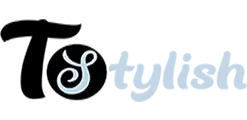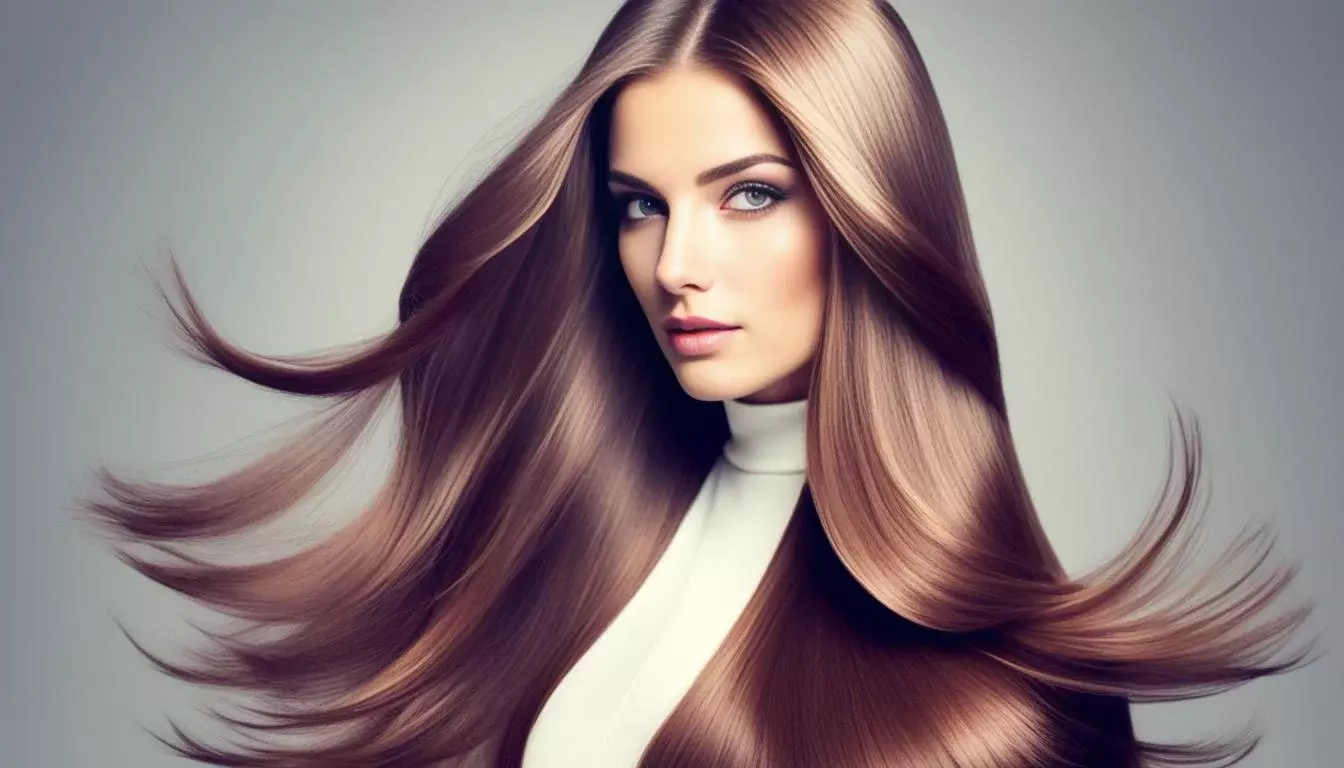Do you dream of having silky, smooth hair that feels luxurious to the touch? Are you tired of frizz and dullness ruining your hair game? Look no further! In this comprehensive guide, we will reveal the secrets to achieving the ultimate hair routine for silky hair. We’ve got you covered, from expert tips and techniques to the best products for soft strands. Get ready to take your hair from ordinary to extraordinary!
The Science Behind Silky Hair: Understanding Your Strands
Before diving into the hair routine, it’s essential to understand the science behind silky hair. Various factors, including the hair shaft’s structure and the scalp’s health, influence hair texture and appearance. By unraveling the mysteries of hair structure and texture, we can unlock the secrets to achieving silky, smooth strands that envy everyone.
To begin our exploration, let’s take a closer look at the structure of the hair. Each hair strand has three main layers: the cuticle, the cortex, and the medulla. The cuticle, which is the outermost layer, is composed of overlapping scales that protect the inner layers of the hair and provide shine. The cortex in the middle contains the natural pigment and protein structures that give the hair strength and flexibility. Finally, the medulla, found in the center of some hair strands, contributes to the overall hair structure.
The shape and arrangement of the hair’s structure also play a significant role in its texture. Straight hair typically has round hair shafts, while wavy hair has slightly oval-shaped shafts. Curly or kinky hair, on the other hand, has more elliptical or flat-shaped hair shafts. These structural differences affect how light is reflected off the hair, giving each hair type its unique appearance and texture.
In addition to the hair’s structure, the scalp’s health also contributes to achieving silky hair. A well-nourished and balanced scalp creates the ideal hair growth and maintenance environment. On the other hand, an unhealthy scalp can lead to issues such as dryness, dandruff, or excess oil production, which can affect the overall health and appearance of the hair.
By understanding the science behind silky hair, we can tailor our hair care routine to address the specific needs of our hair. Whether choosing the right products, implementing proper techniques, or adopting healthy habits, our hair structure and texture knowledge will guide us toward achieving the smooth, luscious locks we desire.
Starting Right: Shampoo Techniques for Maximum Shine
Shampooing is the first step in any hair care routine and plays a crucial role in achieving silky hair. Using the proper techniques and products can enhance your locks’ shine and overall health.
The Case for Sulfate-Free Shampoos
Sulfates are common ingredients in many shampoos that create lathering and cleansing properties. However, these ingredients can strip the hair of natural oils, leading to dryness and dullness. To maintain maximum shine, consider switching to sulfate-free shampoos.
These shampoos are formulated without harsh sulfates, providing a gentler cleanse that preserves the hair’s natural moisture. You can keep your hair hydrated and silky without compromising its shine by opting for sulfate-free options.
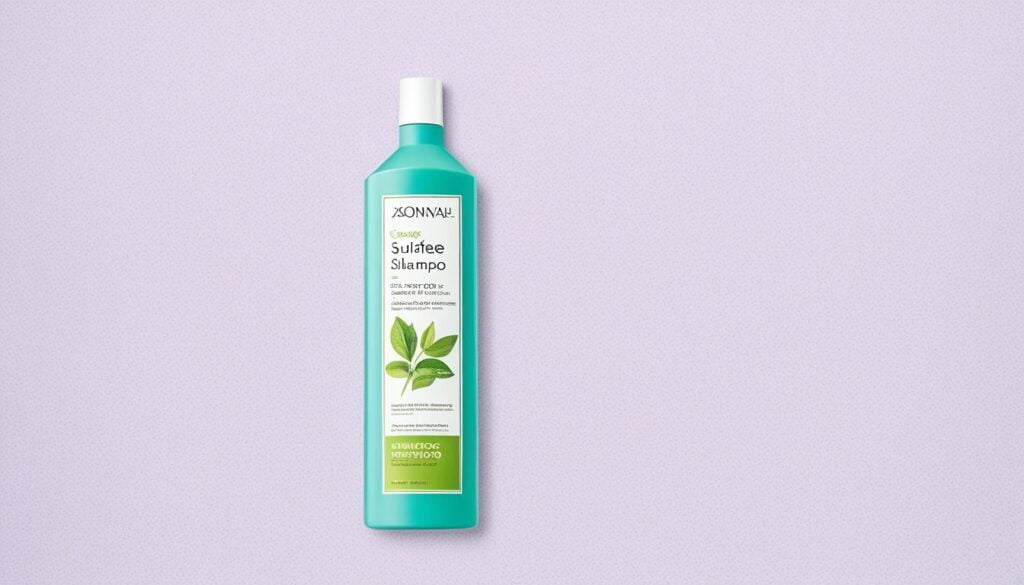
Cold Rinse: The Secret to Sealing in Shine
In addition to using sulfate-free shampoos, incorporating a cold rinse into your hair care routine can further boost shine. After shampooing and conditioning, finish your shower with a cold water rinse.
The cold water helps to seal the hair cuticle, preventing moisture loss and enhancing shine. It also helps to smooth the hair’s surface, reducing frizz and promoting a sleek, silky appearance.
While it may be invigorating, a cold rinse is a simple and effective step to complete your shampooing routine and achieve maximum shine.
Pampering Your Hair Post-Shower: Wrap Instead of Rub
How you handle your hair after showering can significantly impact its overall texture and appearance. One common mistake many people make is vigorously rubbing their hair with a towel to dry it. However, this can lead to damage, increased frizz, and even breakage.
Instead, try a more gentle approach by wrapping your hair in a microfiber towel or a soft cotton t-shirt. This hair-drying technique is not only practical but also helps to maintain the integrity of your hair.
Wrapping your hair in a microfiber towel or t-shirt creates a barrier between your hair and the fabric. This minimizes friction and reduces the risk of tangles and breakage. Unlike rough towel drying, wrapping your hair gently absorbs excess moisture without disrupting the cuticles.
You can achieve smoother, silkier strands by incorporating the towel wrap method into your post-shower hair care routine. This simple yet effective technique helps minimize frizz and flyaways, resulting in hair that looks healthier and more polished hair.
So, the next time you step out of the shower, skip the rough towel drying and opt for a more gentle approach. Your hair will thank you!
Be Kind to Your Hair: The Truth About Heat Styling
Heat styling tools like flat irons and curling wands have revolutionized how we style our hair, allowing us to achieve a wide range of hairstyles effortlessly. However, it’s essential to understand that excessive heat can cause damage to our precious strands. This section will explore the potential downsides of high temperatures and provide valuable tips on protecting your hair from heat damage.
The Downside of High Temperatures
When heat is applied to the hair, it can lead to moisture loss, protein damage, and structural changes in the hair fibers. High temperatures can strip away the hair’s natural oils, leaving it dry, brittle, and prone to breakage. Additionally, heat can weaken the hair shaft, making it vulnerable to split ends and frizz. Over time, repeated heat styling without proper precautions can result in significant damage to the hair.
Protecting Your Strands With Heat Protectants
Heat protectants must be used before applying heat-styling tools to minimize the risk of heat damage. Heat protectants are specially formulated products that create a barrier between your hair and the intense heat, reducing the damage caused. These products often contain ingredients like silicones or polymers that form a protective shield around each hair strand, shielding them from excessive heat exposure.
When using heat protectants, it’s essential to apply them evenly throughout your hair, focusing on the mid-lengths and ends where the hair is most vulnerable. Be sure to follow the instructions on the product packaging for the best results. Heat protectants provide a protective barrier and help maintain the moisture and integrity of your hair, leaving it looking smoother and healthier.

In addition to using heat protectants, here are some other tips to help minimize heat damage during styling:
- Adjust the temperature of your heat styling tools to the lowest practical setting. Avoid using the highest heat setting unless necessary.
- Limit the frequency of heat styling to reduce overall exposure. Embrace natural hairstyles whenever possible.
- Prep your hair with a lightweight leave-in conditioner or heat-activated serum to add an extra layer of protection.
- Use a wide-toothed comb or a brush with heat-resistant bristles to detangle your hair before heat styling. This helps to minimize breakage and snagging.
- Avoid using heat styling tools on wet hair, which can cause more severe damage. Ensure your hair is dehydrated before using any heat.
- Give your hair regular breaks from heat styling to allow it to recover and rejuvenate.
By implementing these heat protection practices into your hair care routine, you can enjoy the benefits of heat styling while minimizing the risk of damage. Remember, healthy hair is the key to achieving and maintaining silky, smooth strands.
Add Shine, Not Weight: The Role of Serums in Your Hair Routine for Silky Hair
Hair serums are a must-have in any hair care routine for silky hair. These shine-enhancing products work wonders at providing a lustrous sheen to your locks without weighing them down. Incorporating serums into your routine can help you achieve the silky smoothness you desire while maintaining lightweight hair care.
So, what exactly are hair serums? These lightweight formulations are typically made with oils or silicones that help moisturize and protect your hair while providing a glossy finish. They can be used on various hair types and textures, making them a versatile addition to your routine.
One of the key benefits of using hair serums is their ability to add shine and smoothness to your hair. Whether your strands are naturally dull or lackluster due to heat styling or environmental factors, serums can help restore and enhance their shine. By forming a protective layer on the hair shaft, serums also help reduce frizz and flyaways, leaving your hair sleek and polished.
When incorporating serums into your hair routine, it’s important to choose lightweight formulas that won’t weigh your hair down. Look for serums designed to provide shine without compromising volume or body. These serums are usually oil-free or silicone-free, ensuring your hair stays lightweight and bouncy.

There are various ways you can use hair serums in your routine. Here are a few tips:
- Apply a small amount of serum to damp or dry hair, focusing on the mid-lengths and ends. Avoid applying it directly to the roots to prevent weighing down your hair.
- Gently distribute the serum using your fingers or a wide-toothed comb to ensure even coverage.
- If you have fine or thin hair, start with a tiny amount of product and gradually increase the quantity as needed.
- If you prefer to style your hair with heat tools, apply a heat-protectant serum before using hot tools to provide an extra layer of protection.
When selecting a hair serum, consider your specific hair needs and preferences. There are serums available that cater to different concerns, such as frizz control, color protection, or heat protection. Experiment with other serums to find the one that works best for your hair type and desired results.
Remember, a little goes a long way with hair serums. Using too much product can make your hair appear greasy or weighed down. Start with a small amount and gradually increase to find the right balance for your hair.
Incorporating hair serums into your hair care routine is a great way to add shine and smoothness to your locks without sacrificing volume or manageability. With the right formula and application techniques, you can achieve beautifully silky hair that turns heads and boosts your confidence.
Brush Up on Basics: Daily Detangling for Healthier Hair
Proper brushing techniques are essential for maintaining healthy, silky hair. Daily hair brushing not only helps to detangle knots and prevent breakage but also promotes blood circulation in the scalp, resulting in healthier follicles and hair growth. To keep your strands smooth and manageable, follow these detangling tips and learn about the different hair brush types and brushing techniques.
Choosing the Right Brush for Your Hair Type
When choosing the right brush, different hair types have specific needs. Here are some common hair brush types and their corresponding benefits:
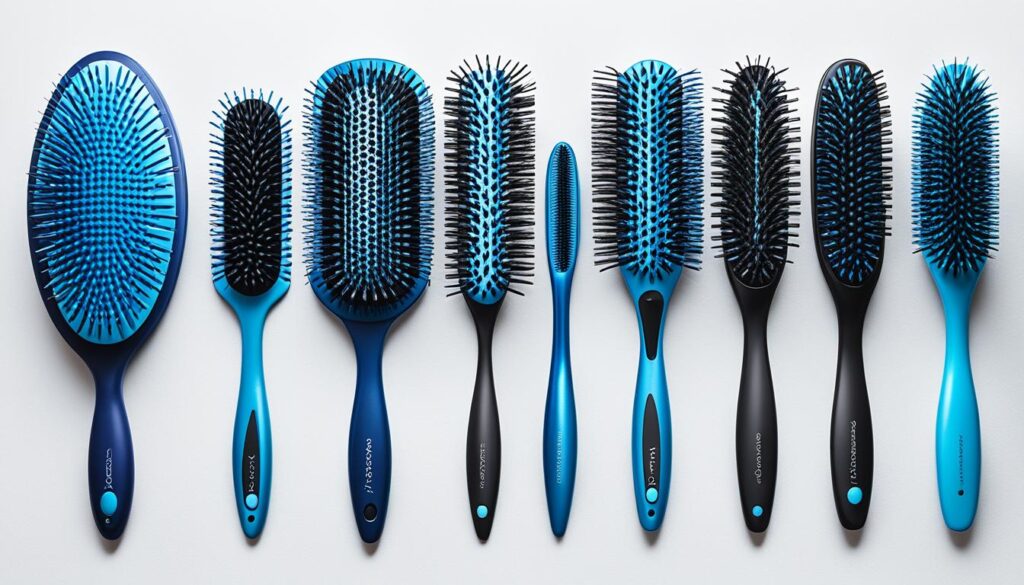
- Paddle Brush: Ideal for long, straight hair as it covers a large surface area, reducing detangling time.
- Round Brush: Great for creating volume and adding curls or waves to the hair.
- Wide-Tooth Comb: Perfect for detangling wet or curly hair, minimizing breakage.
- Boar Bristle Brush: Suitable for all hair types, it distributes natural oils from the scalp to the ends, promoting shine and reducing frizz.
Consider your hair type and desired styling outcome when choosing the right brush for your daily brushing routine. Remember, using the wrong brush can lead to damage and breakage, so choose wisely.
The Technique of Brushing: From Roots to Ends
Once you have the right brush for your hair type, using the correct brushing technique is essential to maximize its benefits. Follow these steps to brush your hair effectively:
- Start by gently detangling the ends of your hair first, working your way up towards the roots. This helps avoid causing unnecessary damage to the length of the hair.
- Hold a section of hair firmly near the roots to provide support while brushing through any knots or tangles.
- Use smooth, gentle strokes to brush from the roots to the ends, distributing the natural oils and promoting shine.
- Avoid yanking or pulling on the hair, as this can lead to breakage or damage.
Remember to be patient and take time when detangling your hair, especially if you have thick or curly hair. Rushing through the process can result in unnecessary breakage and damage to your locks.
By selecting the right brush for your hair type and using the proper brushing technique, you can effectively detangle your hair, promote healthy hair growth, and achieve smoother, shinier strands day after day.
The Deep Condition Dossier: Hair Masks for Hydration
Deep conditioning treatments are essential for maintaining hydrated and healthy hair. Incorporating hair masks into your routine is a game-changer when restoring moisture and nourishment. Hair masks are intensive treatments formulated with potent ingredients that penetrate deep into the hair shaft, providing a surge of hydration and essential nutrients.
These masks address specific hair concerns, such as dryness, frizz, and damage. By incorporating regular deep conditioning treatments into your hair care routine, you can revitalize your strands and achieve that silky, smooth texture.
Hydrating hair masks offer a range of benefits, including:
- Restoring moisture: Hair masks infuse your hair with deep hydration, replenishing moisture and preventing dryness.
- Repairing damage: Masks can help repair damage caused by heat styling, chemical treatments, or environmental factors, leaving your hair stronger and healthier.
- Improving manageability: Hydrated hair is more accessible to style and less prone to tangles and breakage. Hair masks can improve the overall manageability of your locks.
- Enhancing shine: By nourishing the hair from within, masks can restore natural shine and luster, giving your hair a healthy, radiant appearance.
When selecting a hair mask, look for products specifically formulated for your hair type and concerns. Consider ingredients like shea butter, argan oil, coconut oil, and keratin, known for their hydrating and nourishing properties.
To incorporate a hair mask into your routine, follow these steps:
- Start with clean, shampooed hair.
- Apply the hair mask evenly throughout your hair, focusing on the mid-lengths to the ends where the hair is drier and more damaged.
- Gently massage the mask into your hair, ensuring all strands are coated.
- Leave the mask on for the recommended time specified on the product packaging. This can vary from 5 minutes to overnight, depending on the intensity of the treatment.
- Rinse thoroughly with lukewarm water, ensuring all traces of the mask are removed.
- Follow with your regular conditioner if desired, then style as usual.
By incorporating hydrating hair masks into your routine weekly or bi-weekly, you can maintain optimal hydration levels and keep your strands silky and nourished. Remember, consistency is vital when it comes to achieving long-lasting results.

Overnight Sensations: The Benefits of Silk Pillowcases
Silk pillowcases are a game-changer for your hair. They offer numerous benefits that help you wake up with smoother, healthier strands. The unique smoothness of Silk minimizes friction, reducing hair breakage and preventing those pesky tangles that can occur overnight. By switching to a silk pillowcase, you can preserve the smoothness and shine of your hair while you sleep, promoting overall hair health in the long run.
To fully understand the benefits, it’s essential to consider the material of a silk pillowcase compared to traditional materials like cotton. Cotton pillowcases can cause friction between your hair and the fabric, leading to frizz, static, and breakage. On the other hand, Silk creates a gentle surface that allows your hair to glide smoothly as you move during sleep, reducing damage and maintaining the integrity of your strands.
Not only do silk pillowcases protect your hair, but they also provide additional benefits for your skin. The smooth texture of Silk minimizes the likelihood of sleep lines and wrinkles, allowing your skin to breathe and retain moisture overnight. This can help prevent the formation of fine lines and promote a more youthful complexion. As a bonus, silk pillowcases also help regulate temperature, keeping you cool during hot summer nights and cozy during colder months.
“Switching to a silk pillowcase can revolutionize your hair care routine, helping you achieve salon-worthy results without any extra effort!”
When choosing a silk pillowcase, it’s essential to look for high-quality Silk, such as mulberry Silk, known for its luxurious feel and durability. Opting for a pillowcase with a higher momme count (a unit used to measure fabric weight) will ensure that it’s sturdy and long-lasting. Additionally, silk pillowcases are hypoallergenic, making them an excellent choice for individuals with sensitive skin or allergies.

Prioritizing Trims: How Regular Cuts Contribute to Hair Health
Regular trims are crucial for maintaining healthy, silky hair. Scheduling regular haircuts helps prevent split ends, promotes overall hair health, and encourages healthy hair growth. When you regularly trim your hair, you remove the damaged ends that can lead to frizz and breakage, resulting in smoother, more manageable strands.
Getting a trim every 6-8 weeks allows your hair to grow strong and healthy. It will enable you to maintain your desired style while preventing the split ends from traveling up the hair shaft, which can cause further damage. Regular trims not only refresh your hairstyle but also contribute to your hair’s overall health and longevity.
When it comes to finding a trusted hairstylist who can cater to your hair’s specific needs, make sure to do your research. Ask for recommendations from friends or family members with great hair. Look for hairstylists who specialize in your hair type or have experience achieving the desired results. Remember, communication is key! Discuss your hair goals and concerns with your hairstylist to ensure they understand your needs and can provide the best care for your hair.
So, prioritize regular trims as part of your hair care routine to prevent split ends, promote healthy hair growth, and maintain the silky, smooth strands you desire.

Fueling Shine from the Inside Out: A Silky Hair Diet
A healthy diet is essential for promoting silky hair. Nourishing your hair from within with nutrient-rich foods can enhance its natural shine and texture. Incorporating foods high in healthy fats, vitamins, and minerals into your diet will provide the building blocks for strong, lustrous locks.
Include these healthy hair foods in your diet:
- Fatty Fish: Salmon, mackerel, and trout are rich in omega-3 fatty acids, which nourish the hair follicles and promote hair growth.
- Eggs: Eggs are a great source of biotin, a B vitamin essential for maintaining strong and healthy hair.
- Spinach: Spinach is packed with iron, vitamin A, and vitamin C, which are all vital for a healthy scalp and hair growth.
- Avocado: Avocados are rich in healthy fats, vitamin E, and vitamin C, which help nourish and moisturize the hair, promoting silky strands.
- Nuts and Seeds: Almonds, walnuts, and flaxseeds are all excellent sources of omega-3 fatty acids, zinc, and vitamin E, which contribute to healthy hair growth and prevent hair loss.
By fueling your body with the proper nutrients, you can support the vitality of your hair, resulting in shinier, silkier locks. Remember to stay hydrated by drinking plenty of water throughout the day, as dehydration can negatively impact the health and appearance of your hair.
Natural Remedies: Home Treatments for Smooth and Silky Hair
Natural remedies offer an effective and affordable way to nourish and care for your hair. Using kitchen ingredients, you can create DIY hair masks that add gloss and smoothness to your strands. Additionally, harnessing the power of oils can promote a healthy scalp and hair. Let’s explore these natural methods to enhance the beauty of your locks.
DIY Masks for That Extra Gloss
DIY hair masks are a fantastic way to provide your hair with the nourishment it needs. These masks can be customized based on your hair’s specific needs and add shine and smoothness to your strands. Try out the following recipes using ingredients that are readily available in your kitchen:
- Avocado and Olive Oil Mask: Mash half an avocado and mix it with two tablespoons of olive oil. Apply the mixture to damp hair, focusing on the ends. Leave it on for 20 minutes before rinsing thoroughly.
- Coconut Milk and Honey Mask: Combine half a cup of coconut milk with two tablespoons of honey in a bowl. Apply the mixture from roots to ends and leave it on for 30 minutes. Rinse well and enjoy the softness and shine of your hair.
- Banana and Yogurt Mask: Mix one ripe banana with half a cup of plain yogurt. Apply the mask to your hair and let it sit for 30 minutes. Rinse thoroughly to reveal silky-smooth strands.
Experiment with these DIY masks and discover the perfect recipe for your hair. Remember to adjust the quantities according to the length and thickness of your locks for optimal results.
Harnessing Oils for a Healthy Scalp and Hair
Oils are a versatile and natural way to promote scalp health and maintain silky hair. They provide nourishment, hydration, and protection to the scalp and hair strands. Here are two popular oils known for their beneficial properties:
Coconut Oil: Coconut oil is a rich source of fatty acids that penetrate the hair shaft, providing deep hydration and reducing protein loss. Massage warm coconut oil into your scalp and distribute it evenly throughout your hair. Leave it on for at least 30 minutes before washing it out for a moisturized and healthy scalp.
Jojoba Oil: Jojoba oil closely resembles the natural sebum produced by the scalp, making it an excellent option for balancing oil production. Apply a few drops of jojoba oil to your fingertips and massage it into your scalp to moisturize and promote a healthy environment for hair growth.
Remember to choose high-quality oils and use them sparingly to avoid excessive greasiness. Incorporating these oils into your regular hair care routine can help transform your hair into a vibrant, silky mane.
Natural remedies, such as DIY masks and oils, can improve the quality and texture of your hair, providing a healthy, silky appearance.
Conclusion
In conclusion, the key to achieving silky hair lies in implementing a comprehensive hair care routine that addresses various aspects of hair health. By following the tips and techniques discussed in this guide, you can create the ultimate hair routine for silky hair, resulting in luscious, shiny strands that exude confidence and beauty.
Remember, understanding the science behind silky hair and the importance of using the right products and techniques are essential steps toward your hair goals. Start with sulfate-free shampoos and incorporate a cold rinse to seal shine. After showering, ditch rough towel drying and gently wrap with a microfiber towel or soft cotton t-shirt.
When it comes to heat styling, beware of high temperatures and always use heat protectants to minimize damage. Don’t forget to add shine and reduce weight with lightweight hair serums. Additionally, ensure you’re using the right brush for your hair type and detangle effectively from roots to ends.
Deep conditioning treatments, regular trims, and a healthy diet contribute to silky hair. Don’t overlook the benefits of silk pillowcases for overnight hair protection. Consider incorporating natural remedies into your routine, such as DIY hair masks and oils for a healthy scalp and hair.
Embrace the journey to silky hair and enjoy the results of your dedicated care. With the right mindset and consistent efforts, you can achieve and maintain the beautiful, silky hair you’ve always desired.
